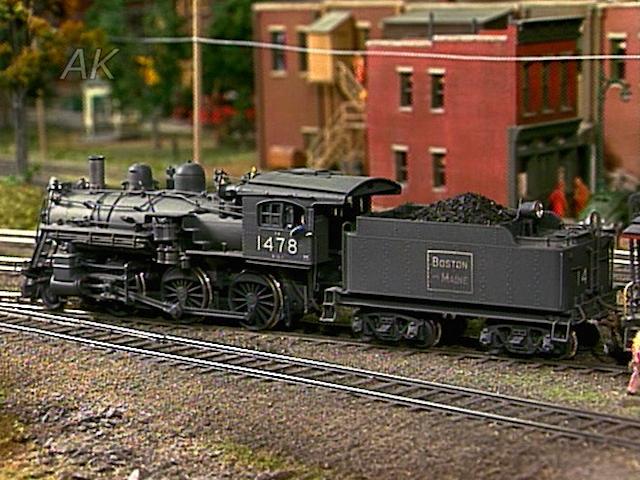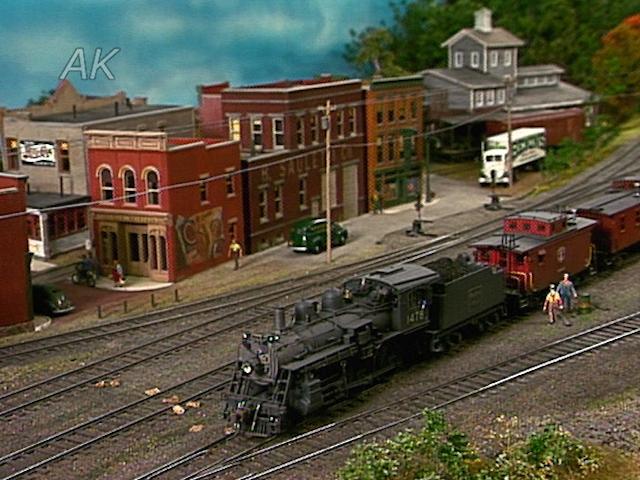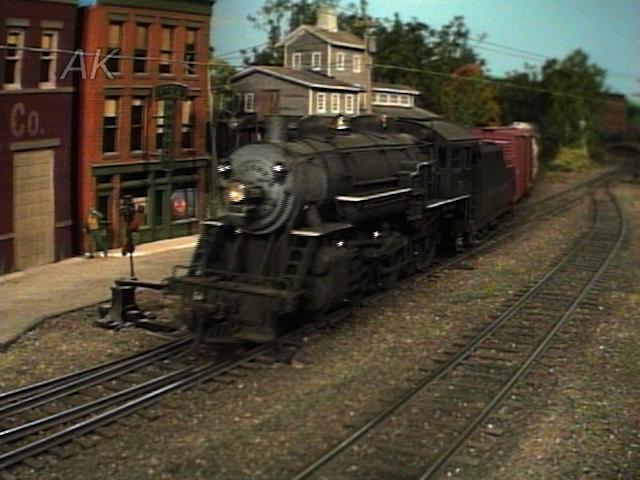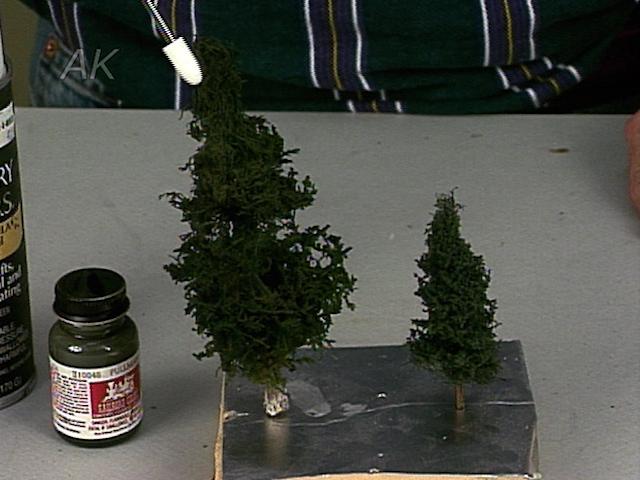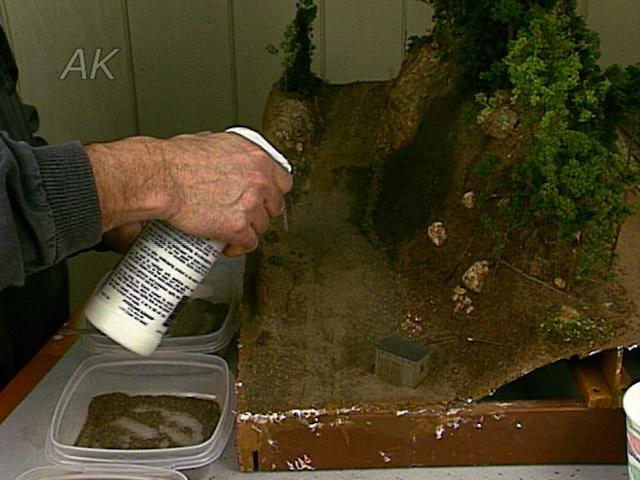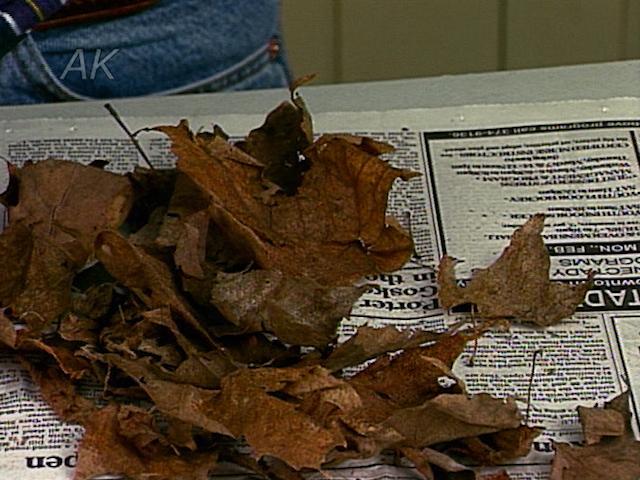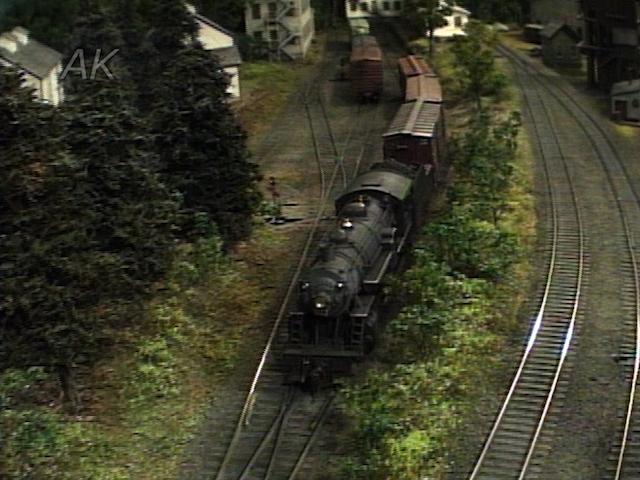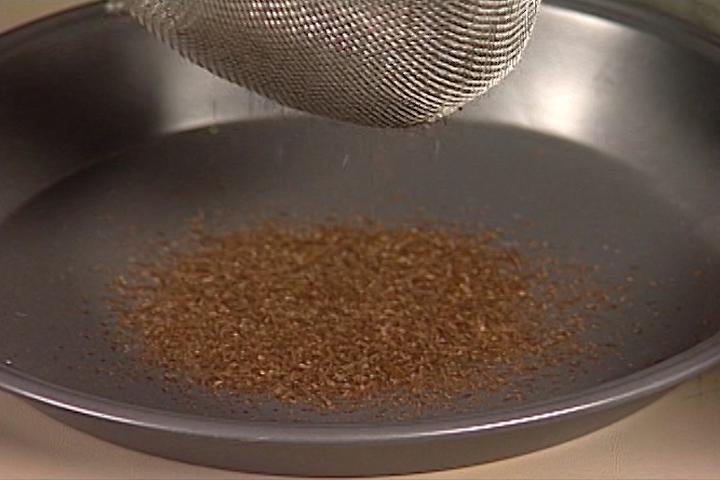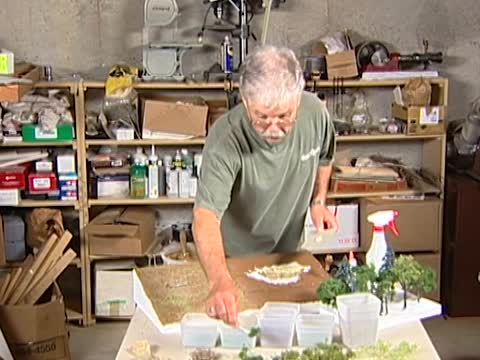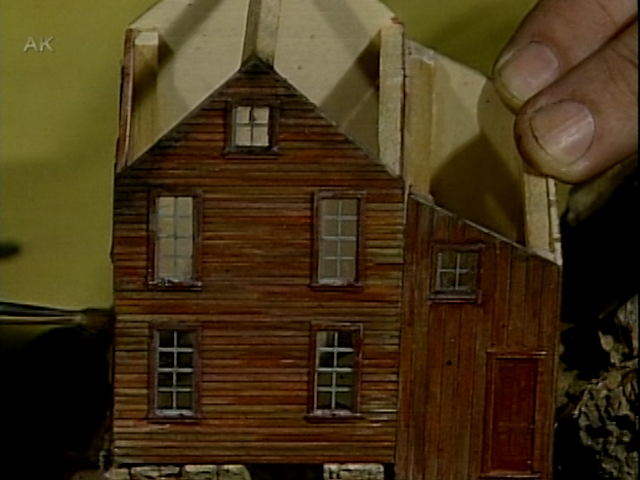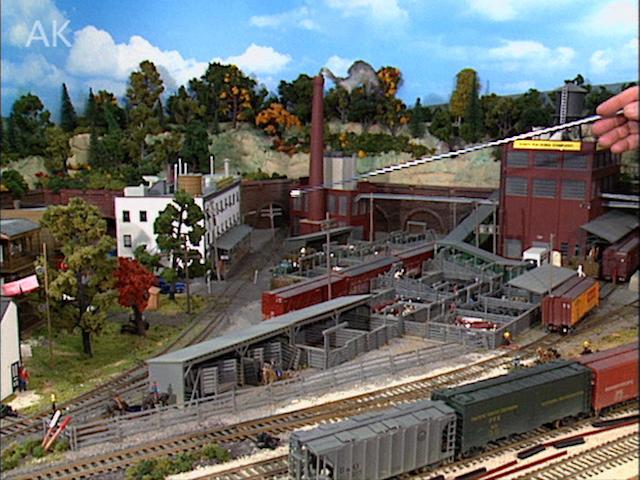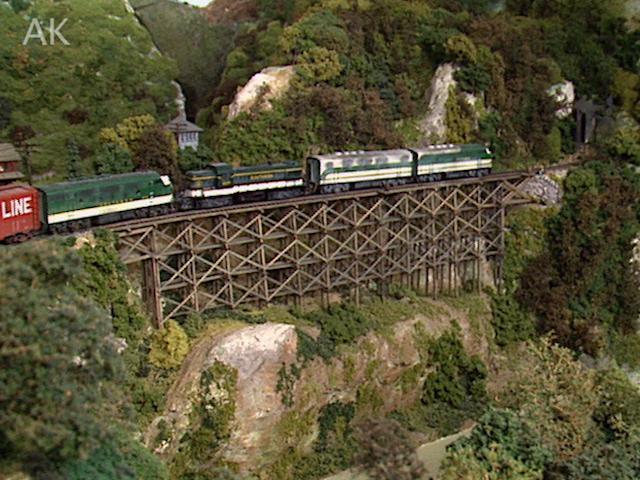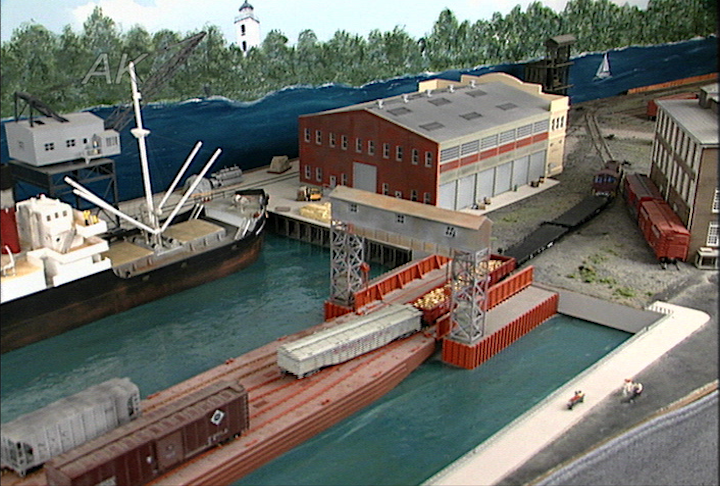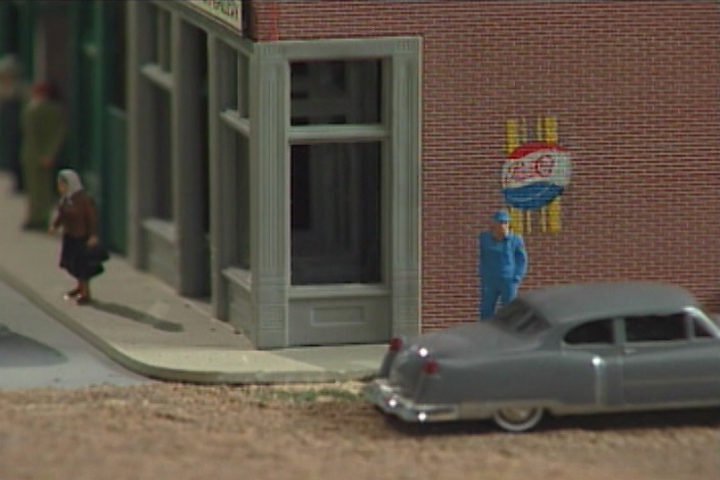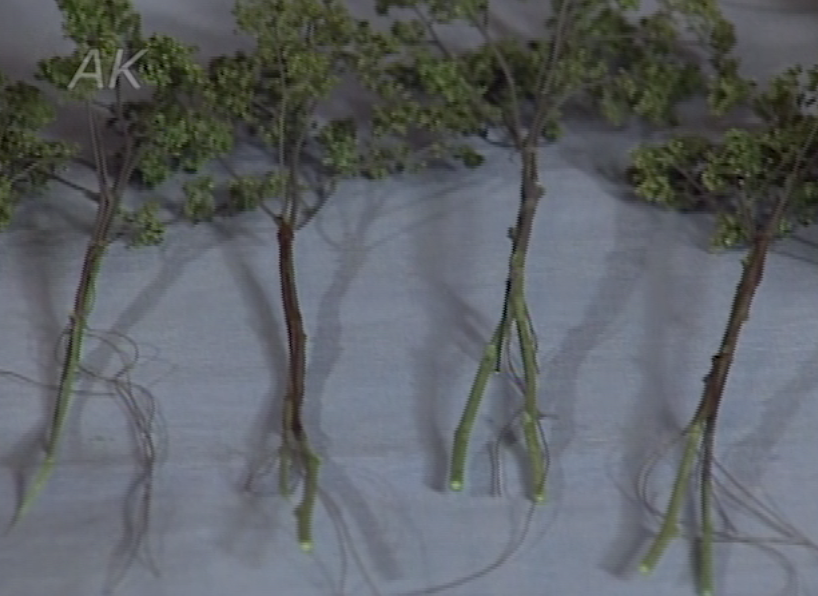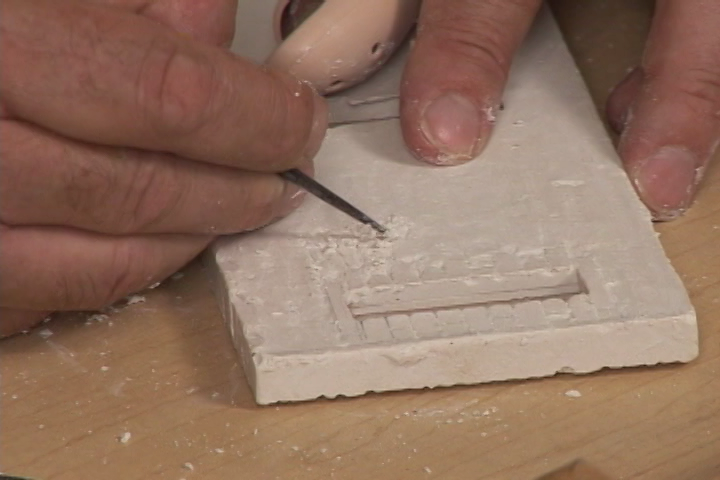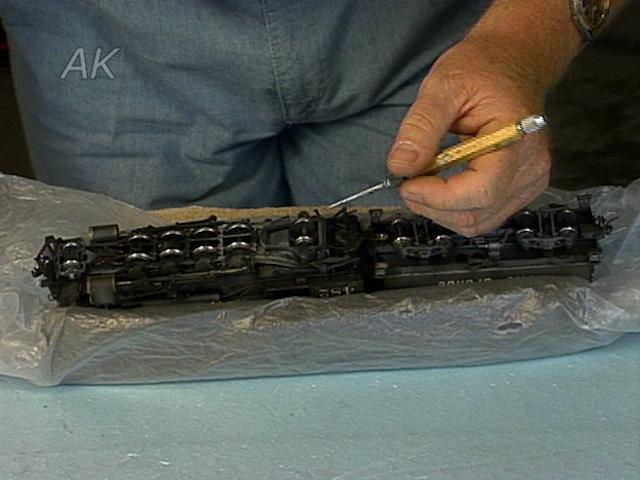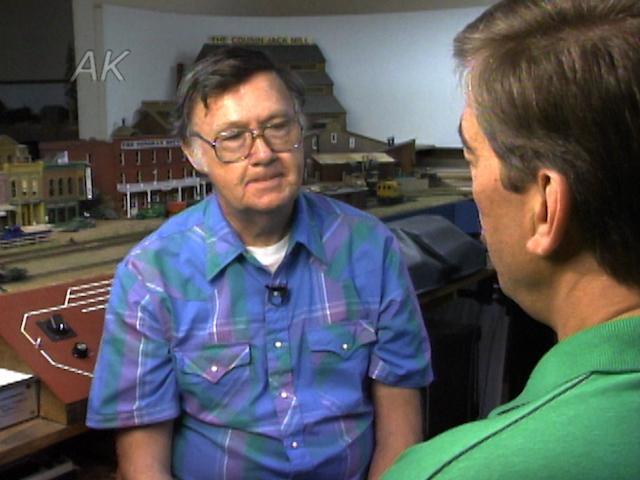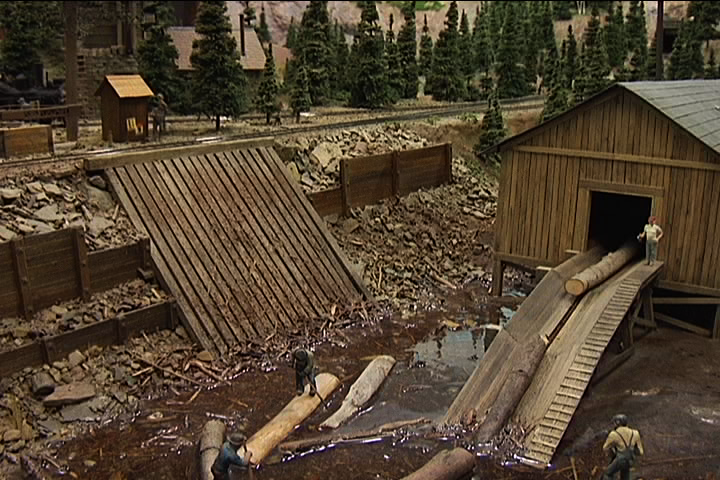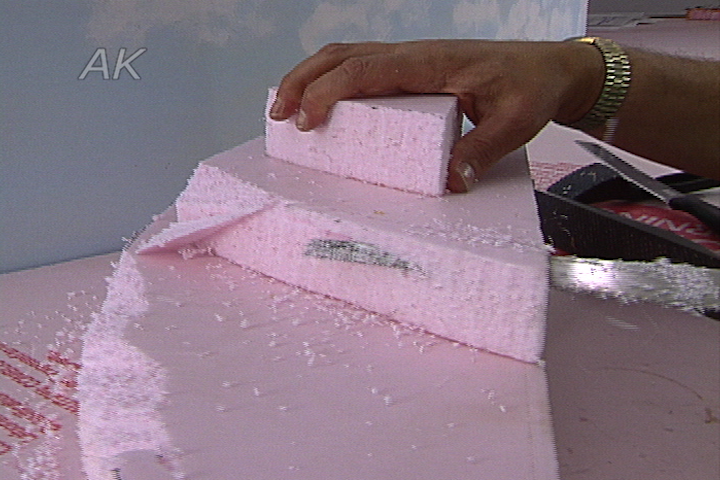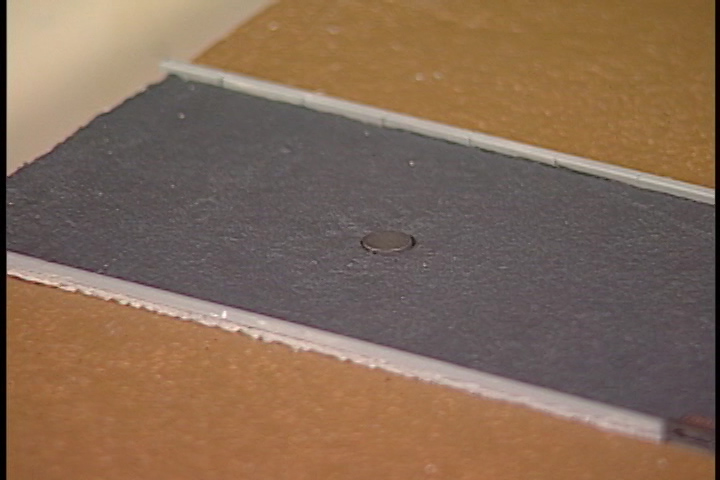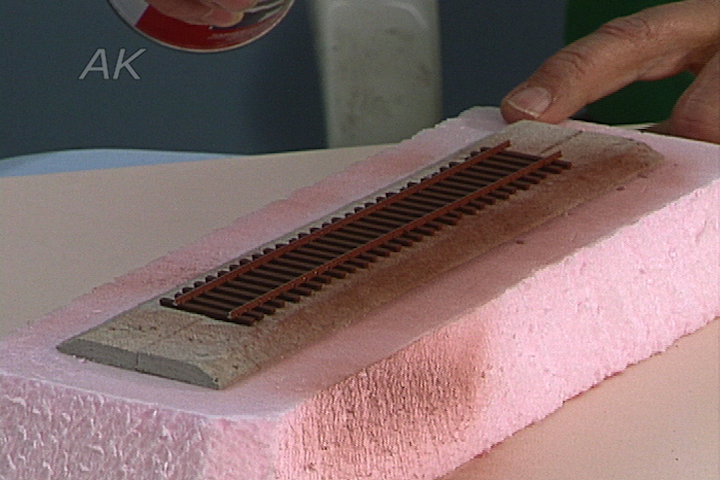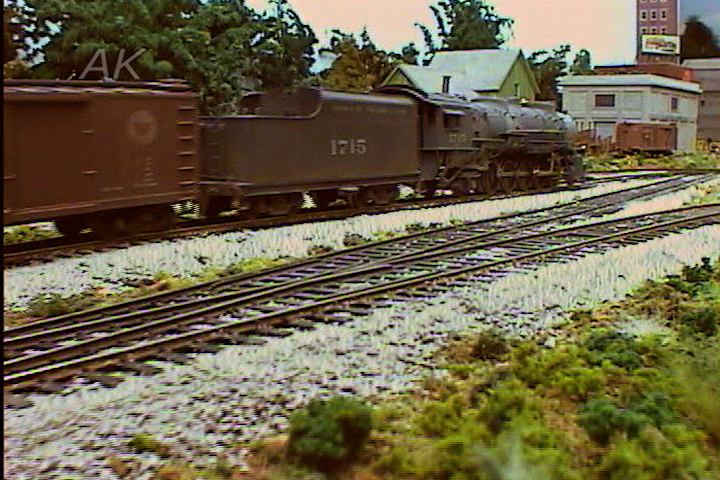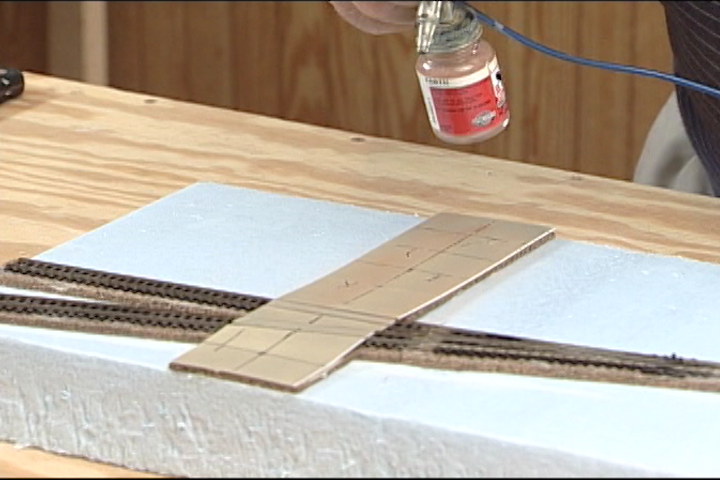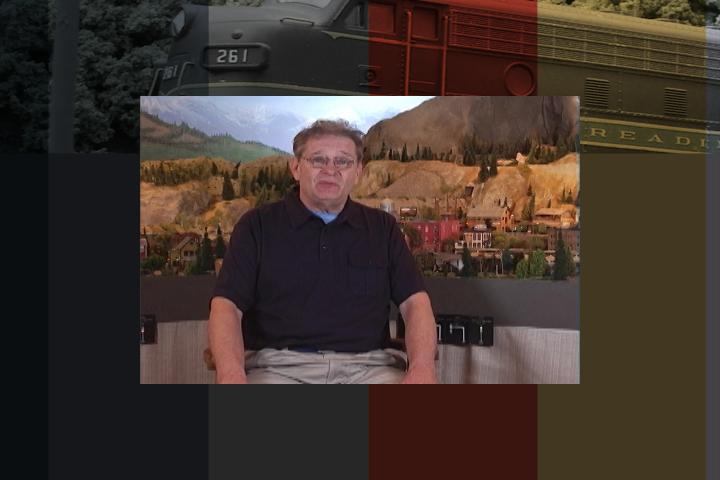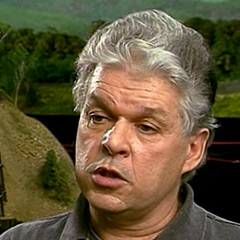
Creating a Realistic Forest Scene
Lou SassiIn this video, learn how to create a realistic model forest scene. Modeler Lou Sassi has concocted a mixture he refers to as ground goop to create realistic ground on his models. The mixtures includes the materials celluclay, vermiculite, flat interior latex paint, white glue, and liquid lysol to prevent molding. Sassi suggests applying the goop in a foot to a foot in a half-square area and then adding the additional ground cover. The mixture has a slow drying time, so it can be manipulated for a longer period. The ground goop can also last almost indefinitely in an airtight container.
Work can be done on top of the material immediately—no need to wait for it to dry. Ground cover that Sassi uses includes different grasses, sands, dirts, dried leaves, and more. Scenery includes different shrubs, trees, and rocks. After the ground goop is applied, Sassi spreads dirt on the forest floor and uses Elmer’s glue to place larger stones. Different textures and colors of grass can create variation for a more realistic look. 5 parts water and 1 part matte medium helps to adhere down elements.
Sassi uses Woodland Scenics fine leaf foliage and Scenery Express super trees. If you desire to make them on your own, check out the Model Railroad Academy website for ways of creating model scenery trees. These in addition to small sticks to look like deadfall make up the model forest. When planting trees, add glue and go through the goop and down into the foam to hold the trees in place. For rock outcroppings, apply goop around the perimeter of the rock and add dirt from the same area where the rock was picked to match its color. This will give the appearance of wear on the rock where some pieces have fallen off.
Explore videos by Lou Sassi
You may be interested in
Premium Membership
Unlock exclusive member content from our industry experts.
- 24/7 Access to Premium Model Railroading Videos, Projects, and Tips
- Step-by-Step Instructional Guides & Layout Plans
- 50% Off Video Downloads Purchased in the Model Railroad Academy Shop
- Access to Ask the Expert Program
Unlock exclusive member content from our industry experts.
- 24/7 Access to Premium Model Railroading Videos, Projects, and Tips
- Step-by-Step Instructional Guides & Layout Plans
- 3 Full-Length Video Downloads to Watch Offline
- 50% Off Video Downloads Purchased in the Model Railroad Academy Shop
- Access to Ask the Expert Program
Gold Membership
$326 Value
Get everything included in Premium plus exclusive Gold Membership benefits.
- 24/7 Access to Premium Model Railroading Videos, Projects, and Tips
- Step-by-Step Instructional Guides & Layout Plans
- 9 Full-Length Video Downloads to Watch Offline
- 2 Full-Length Classes to Keep for Life
- 2 Downloadable Guides
- Discounts on Purchase-to-Own Content in the Model Railroad Academy Shop
- Access to Ask the Expert Program
- Exclusive GOLD LIVE Streaming Events
